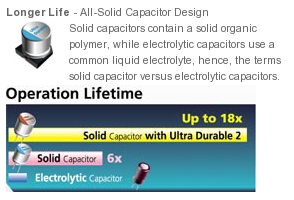Michael Arrington is understandably pretty excited about how the TechCrunch Tablet is shaping up so far, but to use it seems they’re going about it the wrong way.
For a device that’s supposed to do Firefox, Skype and not much more, an underpowered PC with a touchscreen isn’t going to accomplish much. For one thing, Firefox is a huge performance drain and a memory hog to boot that underpowered hardware (even on-par with an Eee) simply won’t support and for another, there’s no way to get PC hardware down to the sub-$200 price range.
What TechCrunch wants – whether they know it or not – is an oversized PDA, not an underpowered PC. And it’s not just a question of semantics, it’s a question of foundations and principles – and it makes a huge difference in terms of end-user experience and the bottom line.
For the functionality that TechCrunch is trying to pack into this opensource, mass-market web gadget, there’s nothing that wouldn’t work better, faster, and cheaper on specialized hardware rather than on generic PC components.

